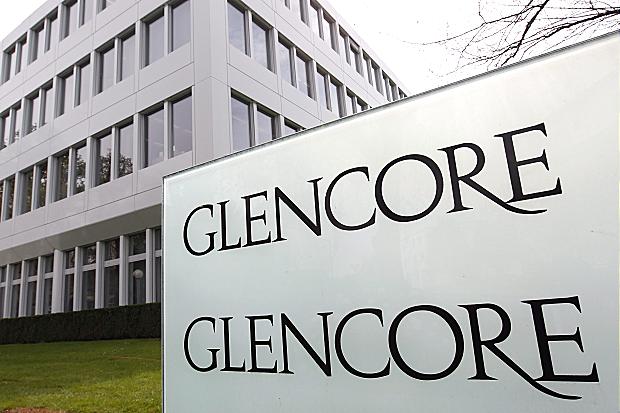
In the late 1990s, Steven Hankin of the consulting firm McKinsey & Co. provoked a lot of discussion when he coined the phrase “the war for talent.” As the phrase became more popular, others
used it to warn corporations of impending talent shortfalls, advocating that it be considered a strategic business challenge.
Since the dot-com bust, the Great Recession and other upheavals, the imperative has taken a back seat, but the challenge still remains. The original thesis of the war for talent was
predicated on significant demographic shifts, such as aging populations in the West. While still relevant, those shifts are now
part of a larger equation. Consider these new realities: + Many countries insist that foreign companies benefit the local community. Jobs have become a currency, and economic
policymakers must use them as part of the bargain for entering a
new market. + Many foreign firms that had an edge a couple of decades ago now face competition for local talent from homegrown companies. + It is increasingly difficult to send
expatriates to some of the new frontiers of growth. Talent is needed in Angola, Mongolia and Vietnam – places where the
infrastructure is different from what an expat would experience in London, Paris or Sydney. + Skill levels vary widely. Multinationals
accustomed to attracting talent trained in the West now have to recruit locally where education levels can sometimes be inconsistent. General Electric is one of many corporations now confronting these challenges. With more than 60% of our workforce based outside the United States, we must compete in
every geography and get it right. In the U.S. and Western Europe, the challenges center on talent replenishment and knowledge transfer to assure that productivity remains high even
as the baby boomer generation starts to retire. We have a number of initiatives to address these challenges, including
partnerships to promote academic achievement and programs
to hire military veterans. In Africa, where talent potential is great but education and skill levels vary, we are working with local
universities and technical institutions to co-create curricula that
strengthen skills, particularly in technical disciplines. In other countries where an advanced talent pool is more established,
notably China and India, competition is intense. Here, training and continuing education are critical differentiators, so establishing our leadership-development centers in Shanghai and Bangalore was
crucial to demonstrating our commitment to local talent. A
workforce-planning process that can size demand in different
geographies – coupled with an appropriate level of investment in learning and development – is key to addressing the global talent
challenge. (Raghu Krishnamoorthy is GE’s vice president of
executive development and chief learning officer.)




























